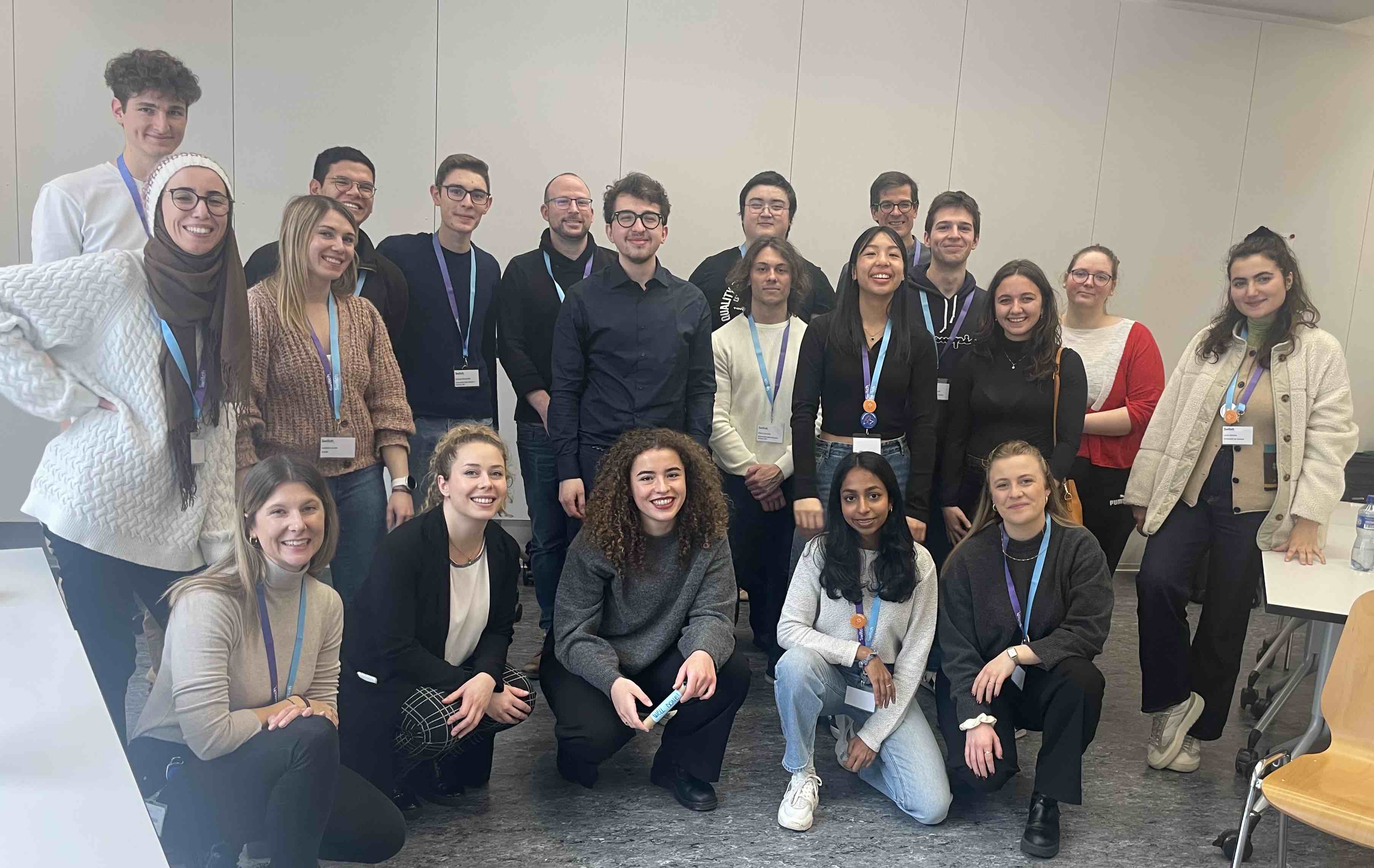What would be the learning space of your dreams?

For french speaking folks, you can visit the CIEL (Communauté d’intérêts pour l’enseignement en ligne) blog post I have written : https://ciel.unige.ch/2024/04/pourquoi-aimez-vous-vous-etudier-dans-un-cafe-ou-pas-retour-dexperience-dun-etudiant-maltt-a-leduspace-challenge/
All started by a post in the internal forum of the Master MALTT. Students from all over Switzerland were invited to take part of a hackathon during the EduHub Days in Winterthur. The pitch: two days in ZHAW, use Design Thinking to ideate on future learning spaces.
After applicating to the call, I got selected to be part of this adventure! Thank you Lisa, Tereza and Switch for the opportunity!
First day, on February 7, we attended a key note by James Lamb about post digital learning spaces of higher education (Lamb et al., 2021). A learning space is any setting where learning and teaching activities take place. Also a learning space is heavily contingent on the context, so this is why he gave us not tips, but ways on how to build the best learning space. He made a list of six points :
- An online space is always also a physical space. As he mentionned Gourlay (2021), there are no ‘virtual learning’, the learning is always a true experience.
- Create space for imagination. He emphasized that digital technology must be seen as a ressource (active in the process) and not as a passive tool.
- Innovation without exclusion. “All students like this”, well… maybe not! James mentionned that we should be able to achieve through mixed reality what cannot be achieved in physical or online (Flint et al., 2018).
- Attend to the aesthetics, emotional & sensory elements of a learning space. This point resonated in me. Aesthetics matter indeed, but we are often not taught much about the importance of aesthetics. “It is of first importance to make a learning space work in a mechanical way, the aesthetics come after”, this is what I often hear unfortunately. Only few passionate students are able to create something at the same level of design and aesthetic than most of the new tech companies.
- Pursue pleasure and make room for play. There should be a link between formal and informal learning spaces (Boys, 2011) and the environment should be pleasant (e.g., plants, color, light, music).
- Every learning space should be assigned in harmony with our natural world. We must “reimagine sustainable forms of education technology” (Facer & Selwyn, 2021)
Then came one full day of Design Thinking. I teamed up with Davide from economics, Isabella from health promotion and prevention and Sara from education. It was a rich experience to work with students from different backgrounds, which is not an opportunity often given at the university! Also I found challenging to create and pitch our idea in less than eight hours of work. I applause the time management from our coach Martina!
Moreover, when talking with peers of my Master curriculum, we felt like we have not learned anything new in terms of digital technologies from this design thinking workshop. I personnally think that most of the limitations and implications of what it is to have the ideal learning setup (online, physical, synchronous, asynchronous, etc.) was already taught and discussed in class (see ADID EduTechWiki page for more information).
From all the ideas of what could be a future learning space, words like “personalisation”, “students’ needs”, “goal” were repeatedly used.
Link to the promotional video of the event: https://www.youtube.com/watch?v=dWy5iNByxQ4
Link to another blog post (en français) in the CIEL blog of the UNIGE where I share my experience:
What I will keep in mind after these two days :
- Aesthetics matter in digital technologies. I would advise schools to give proper credit compared to coding. When “designing” digital technologies, instructional designers should give 50% of their time to the mechanistic part of learning, and 50% of their time to making it enjoyable and appealing.
- Personalisation is one of the most important students’ need for digital technologies.